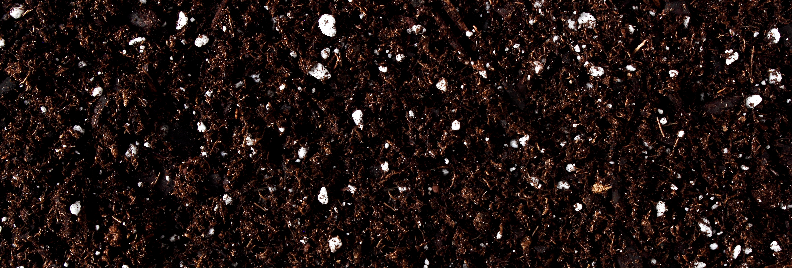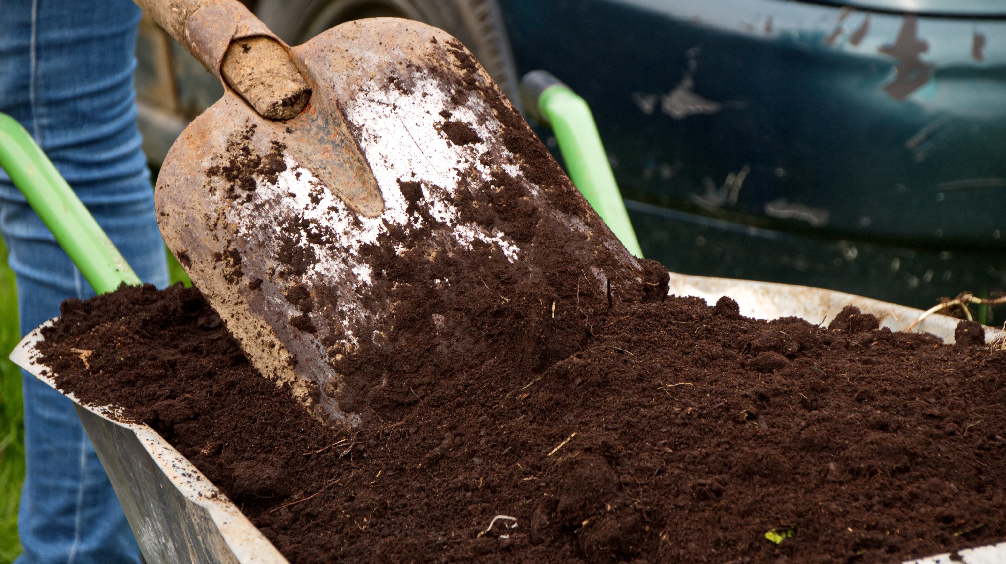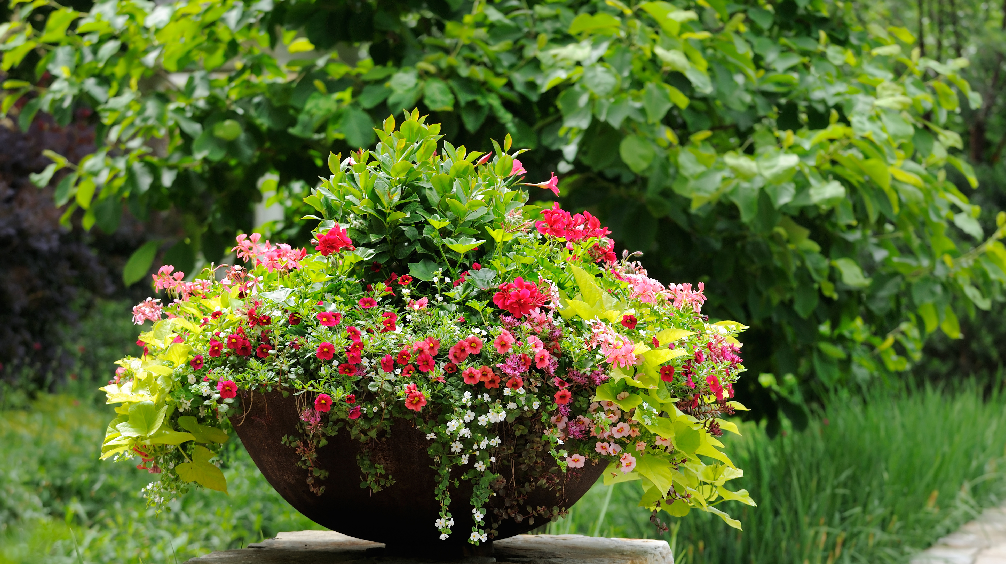
All You Need To Know About Potting With Peat
Why Consider Potting With Peat Moss?
So, What Is Peat Based Potting Soil Anyways?
Potting With Peat: How It’s Done
Potting with peat moss can drastically improve the health and growth of your plants, both indoors and outdoors. Whether you’re a newbie gardener still getting the hang of plant care, or you’re a seasoned plant parent who just wants your plants to live their best lives, peat moss has a lot to offer. Here’s our comprehensive guide for potting with peat moss, for all the Houston gardeners out there who want their plants to grow their biggest and most beautiful. After all, that’s the Texan way!
Why Consider Potting With Peat Moss?
As you’re probably aware, not all soil is created equally. Some soil is clay-heavy, compacted, and moist, whereas other soils can be sandy, loose, and dry. Some are more acidic with a low pH, and some are more alkaline with a high pH. Healthy soils are nutrient-dense and full of organic material, while older soils may be totally depleted of nutrients. Many different amendments can be added into the soil to help get it just right, and peat moss is unquestionably one of the most popular. The benefits of using a peat-based potting mix include:
- Improved soil drainage to prevent soggy soil and root rot
- Lowered soil pH for plants that thrive in acidic conditions—especially blueberries
- Slower decomposition and resistance to compaction
- Better absorption, so it holds onto water and gradually releases it into the plants’ roots
- Increased nutrient retention, so the good stuff doesn’t get flushed out from frequent watering
- No unwanted weed seeds or harmful bacteria that could be lurking in a sub-par compost mix
While it may seem like a magical cure-all for unhealthy soil (and honestly, it kind of is), it’s best to understand how potting with peat moss works before you go out and buy a truckload.

So, What Is Peat Based Potting Soil Anyways?
What makes peat moss so magical? Well, maybe the fact that it takes thousands of years to develop! Most peat moss develops in Canadian peat bogs over several thousand years, so while it’s a pretty incredible substance, it’s not exactly a renewable resource. While most peat is protected and only a small percentage of peat gets harvested from the bogs, it has still raised some concern from environmentalists. This concern is because the removal process causes the bogs to release substantial amounts of carbon into the atmosphere.
However, using peat for potting and seed starting remains to be a popular choice in Houston. Because you don’t need much peat to fill up a container, the environmental impact isn’t too significant. Plus, healthy plants soak up tons of carbon and pump out fresh oxygen, so in a way, it all evens out! Larger projects, like amending the soil of an entire garden bed, require way more peat moss. For these kinds of major soil overhauls, so we recommend using compost or another organic matter.


Potting With Peat: How It’s Done
You can mix peat moss into your potting soil to help improve the quality, or you can buy a pre-packaged peat soil mix for potting your plants. If you’re going to add it into your potting mix, make sure you do a pH test of your soil first, and then check what kind of soil conditions your chosen plants prefer. Some plants do better in more neutral or alkaline conditions, so be mindful of the soil you grow those plants in. If your soil is already a little bit acidic before you’ve even added the peat, consider mixing in some limestone to bring the pH level up a bit.
Soak your peat thoroughly before adding it into your potting soil. Place it in a bucket and fill it up with water, stirring the peat around and letting it sit for a few minutes. It’s naturally a bit moisture-resistant at first, so it takes a little while to start absorbing water. Don’t forget about it and let it soak for ages, though, or else it’ll get pretty gross and soggy.
One-part peat moss and one-part potting soil is a pretty good ratio. You can, however, add a little more or less depending on the needs of your plants and the current condition of your soil. Adding in some liquid fertilizer is also a good idea because peat doesn’t naturally contain a lot of its own nutrients. It just holds on to the nutrients already in the soil, so the water doesn’t flush them away.
Potting with peat moss can drastically improve the health and quality of your soil, and as we all know, good soil leads to happier, well-fed plants. If you’re curious to see this magical and mysterious material in action, pick some up today at our garden center in Houston and try it out. Your potted plants will thank you!

Comment (1)
[…] choice for Pothos plants as it is highly absorbent and retains moisture well. One advantage of peat-based soil is its ability to maintain consistent moisture levels and provide good aeration to the roots. […]
Comments are closed.